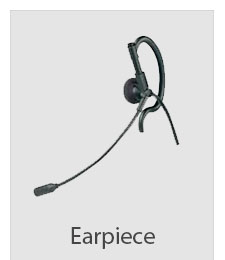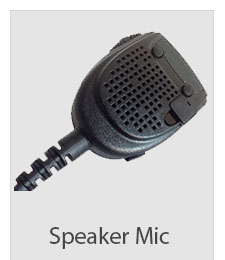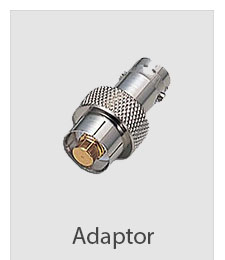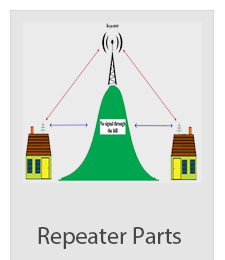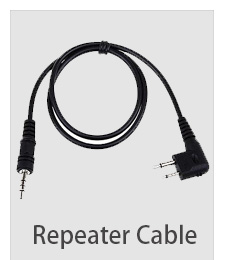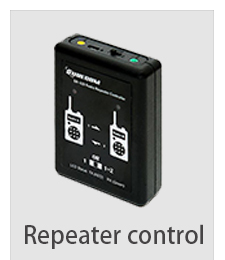Wireless microphones work
It’s almost impossible to get through an entire day without seeing one and yet, we hardly give them much thought. Whether it’s at the pop star’s concert, on a daytime talk show, in the Zumba class at your gym, or at your child’s school talent show, you’ve certainly seen someone using a wireless microphone.
If you grew up in the era where singers and television performers were constantly flipping the mic cord out of their way so as not to trip over it, you may wonder how this technology works. You’d likely be surprised to discover how simple the technology actually is. This ease of use along with the cordless convenience are the main reasons cable mics have become a thing of the past.
Functional Difference Between Cable and Wireless Microphones
Old school wired microphones convert sound into an electrical audio signal that is sent to a sound system through a cable. Wireless microphones, on the other hand, convert sound into radio signals which are then sent from a transmitter to a receiver which sends it to the sound system. So the process is somewhat similar with the key difference being that wireless mic systems are actually using radio frequencies to transmit the sound. The result is easier mobility when using wireless mics.
Key Components of the Wireless Mic System
Using a wireless mic system is easier and more affordable than you might first imagine. All you need to get started are the three primary components which are:
- The Microphone
- Transmitter
- Receiver
Wireless Microphones come in many different styles, each with a specific purpose. The most common is the handheld mic which is what many people picture when conjuring up an image of a microphone. This would be used by stand-up comedians on stage or singers who prefer this mic style. Another common wireless mic is the Lavalier or ‘lapel mic.’ This is what you would see talk show hosts and guests wearing. These are small but effective mics that can be very easily hidden under clothing. There is also the head-worn mic which is what you would see at the aforementioned Zumba class or at a pop concert.
Transmitters are required to send the audio signal to be output as live sound. Handheld mics do not require a separate transmitter as there is one built right in to the unit. For all other smaller, wireless mics, the user would be required to also wear a small transmitter pack. These are small enough to be clipped on to the user’s belt or somewhere else on their person. For anyone who’s used both conventional and wireless, the wireless mic/transmitter setup is much more convenient than having to constantly deal with mic cables.
Receivers are the electronic devices that receive the radio signal from the transmitter and convert it into the live audio you hear through the sound system. They come in either single of multi-channel receivers, depending on how many wireless mics you will be using at the same time. Multi-channel receivers are often available in either dual or quad capabilities.
Benefits of Going Wireless
If you have a function or production that requires the use of microphones, you will definitely want to go wireless. The most obvious benefit is the ability to move and maneuver without worrying about tripping over mic cords and cables. Beyond this, they also provide a cleaner sound compared to wired mics. When the mic is fixed to the performer or speaker, the mic will turn and move as that person does. This prevents the audio drop-offs that can occur when someone turns away from a mic-stand or another fixed mic.
https://www.409shop.com/shop.php
Telecommunications Knowledge
|






